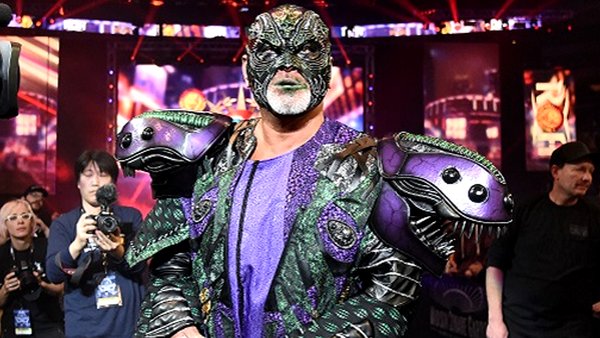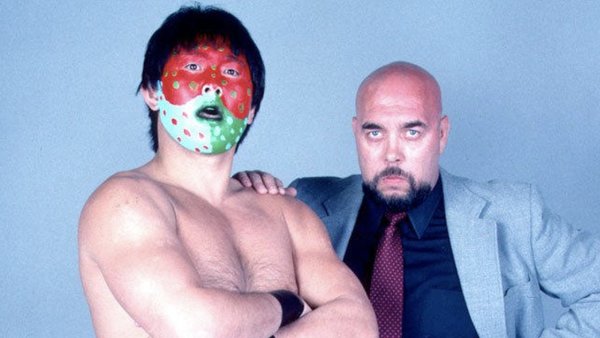10 Things You Didn't Know About The Great Muta
The Great Muta is waving bye-bye - but his introduction changed wrestling like few others have...

Currently embarking on a longer retirement tour than KISS, The Great Muta has recently worked his 'Final Bye Bye' which, being wrestling, is actually his 'See You In A Bit Lads': he is scheduled to work Tetsuya Naito at his actual final bye bye show on February 21.
There, he's working under his real name and normal persona of Keiji Mutoh; fans have already said bye bye to his face-painted alter-ego (that is until he decides that he wants to come out of retirement, as is the wont of virtually every pro wrestler ever).
Is that last take accurate?
Even if the cynicism is warranted, Mutoh's knees are essentially just compressed sawdust these days. He has to sell for retirement at this point. And frankly, he's done well to draw as many fans as he has throughout this tour. Once one of the most popular, acclaimed and respected acts of all time, the last couple of years have nearly annihilated his legacy.
That legacy, however - one so formidable that WWE respected it enough to open the real Forbidden Door and allow Shinsuke Nakamura to work him - exists for a reason...
10. His Talents Weren't Recognised Immediately

Keiji Mutoh was considered a pro wrestling prodigy; breaking out from a training camp that also spawned the careers of luminaries Jushin 'Thunder' Liger, Shinya Hashimoto and Masahiro Chono, Mutoh impressed with his striking, creative offence before - as is tradition - being sent on excursion.
In Florida, Hiro Matsuda was tasked with refining his explosive ring work. Mutoh in 1986 worked a stereotypical "Japanese people are esoteric and sneaky" gimmick as The White Ninja, one that betrayed how much fans would get into his electrifying, groundbreaking signature spots. Back then, it was inconceivable that a Japanese wrestler might get over as a babyface, and so it didn't happen.
That's not true - he did undergo a change upon returning to the U.S. in 1988 - but only insofar as becoming the Super Black Ninja. He played the same one-dimensional cliché in the fading embers of the Texas territory, prohibited from doing his best work, until, in 1989, blowing the minds of the national audience as The Great Muta in the NWA.
He still played heel, even though fans were driven to awestruck frenzy by his moonsault and handspring elbow. While his execution was beautifully crisp, his momentum was so propulsive that he nearly ended up tangled in the ropes on occasion. The Great Muta - with his killer look and mystique - was so far ahead of everybody that he was sometimes ahead of himself. He was still a heel, but only on the format sheet. Everybody else saw him as a face.
You'd think North America would have learned this lesson, but obviously not: in a strange and very moronic parallel, almost the exact same fate befell Kazuchika Okada in TNA.